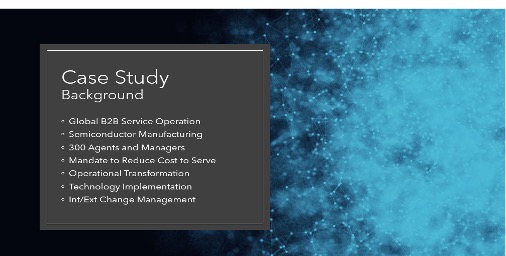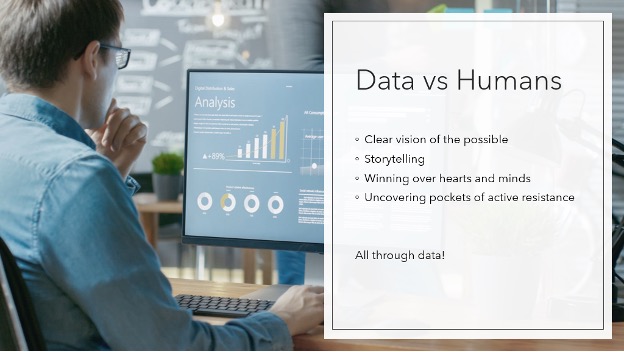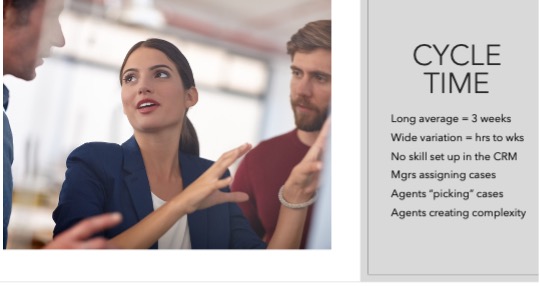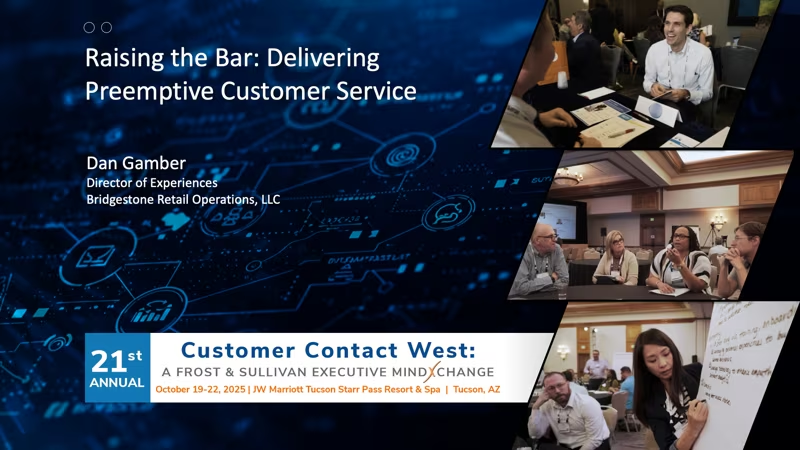Essential Takeaways from a Presentation by Melinda Ellsworth, Senior Director, Customer Experience, Watkins Wellness
Introduction
Customer experience change leader Melinda Ellsworth recently led a Virtual Case History for Frost & Sullivan’s Customer Engagement Leadership Council members. Melinda covered challenges, pivots and lessons learned overseeing transformational change vis a vis a more automated customer service strategy at a large, global B2B enterprise. Read on for key takeaways and discussion highlights from the informed discussion.
Abstract
When embarking on a CX strategy, it’s critical to leverage data on the most impactful initiatives. By first collecting and analyzing the current state of business and customer needs (not only perceived deficiency) you build stakeholder trust, driving speed, change management, buy-in and collaboration with clear measures of success.
Action Items
- Identify the critical to success measures, sources of data, and collection and analysis methods.
- Eliminate the noise. Facilitate and empower your teams to drive focus on the truly most impactful initiatives.
- Implement broad stakeholder collaboration from the outset to build excitement, understanding, and buy-in on mutual responsibility.

When Melinda and other CX leaders were given a mandate that included removing the phone option for customers and driving cases to email, they knew they needed to start by articulating a new customer experience strategy, one built on key data. Re-thinking priorities, reducing costs, rallying employees and automating many customer service operations were some of the challenges to be overcome.
The team began by looking at the state of operations and customer services while keeping customer needs top of mind. Next, they identified what the most impactful initiatives would be. Melinda emphasized the importance of doing analysis first – grounding plans in what the data shows – to increase the likelihood of success. Conveying key information to employees, reps and stakeholders came next. They also sought to build relationships and gain trust throughout the organization.

Overcoming resistance and driving the new strategy
Gaining efficiencies through a reduction in head count was part of the plan. As Melinda acknowledged, resistance (at many levels) and alarm at such sweeping changes was not surprising and needed to be addressed. Even some leaders fought aspects of the new strategy.
Storytelling, including consistently communicating a clear vision of the possible while working to win staff over and uncovering pockets of resistance were among the ways leaders sought to move forward. A clear vision of what new customer experiences should look like was needed to help combat resistance and drive helpful conversations.
Melinda discussed “the black hole of the unknown” that rapid and deep changes can bring. As noted, ways to deal with this included building confidence, “defeating the black hole with a story” and sharing data that supports new initiatives. A phased approach to change, one that included starting with the lowest risk customers, learning and iterating, and focusing on high-value improvements, was recommended. Showing measurable success came next. Many hard learnings ensued, but progress was slowly made, even as many roles and jobs changed completely. Two critical areas of focus were cycle time reduction and quality improvement.

Designing a digital first model
The leadership team was also guided by internal feedback and external consultant recommendations. Critical accomplishments included building out the customer portal and pushing information to customers. Deflection was a big part of the new digital first model, but measuring deflection is challenging. Focusing on a step-by-step methodology governed by what the data showed and identifying and tracking key performance indicators (KPIs) was critical.
Building broader stakeholder collaborations across the organization and working with departments such as logistics and marketing helped to drive progress. Creating a Customer Experience Council also helped to bring department leaders together and reduce organizational silos.
Results
In approximately a year and a half, all categories of the global enterprise’s customers had transitioned to the new service model. Key internal business partners and service providers were largely aligned, and cycle times and customer satisfaction (CSAT) scores improved, among other accomplishments. Phase 1 of the transformation was a success, with Phase 2 of the digital-first service model still to come.
Melinda Ellsworth is responsible for leading overall customer satisfaction and loyalty building for Watkins Wellness. Supporting the mission to create and continuously optimize customer experiences (CX). She supports the brand and corporate objectives by driving modernization and transformation of the customer facing organizations of customer care, technical support, and warranty operations. Melinda also leverages data and technology to provide insights to partner organizations to drive strategy and action.



